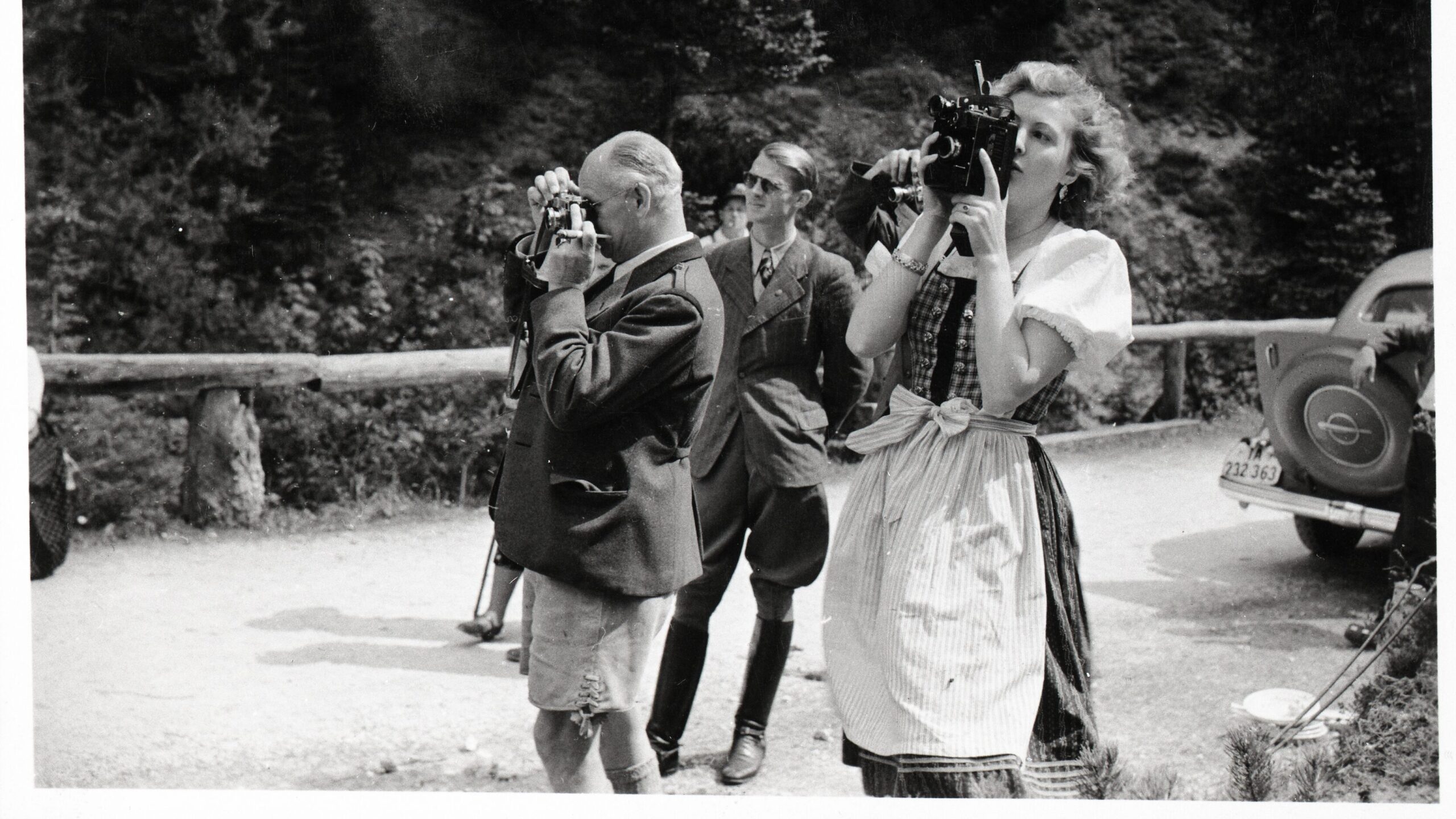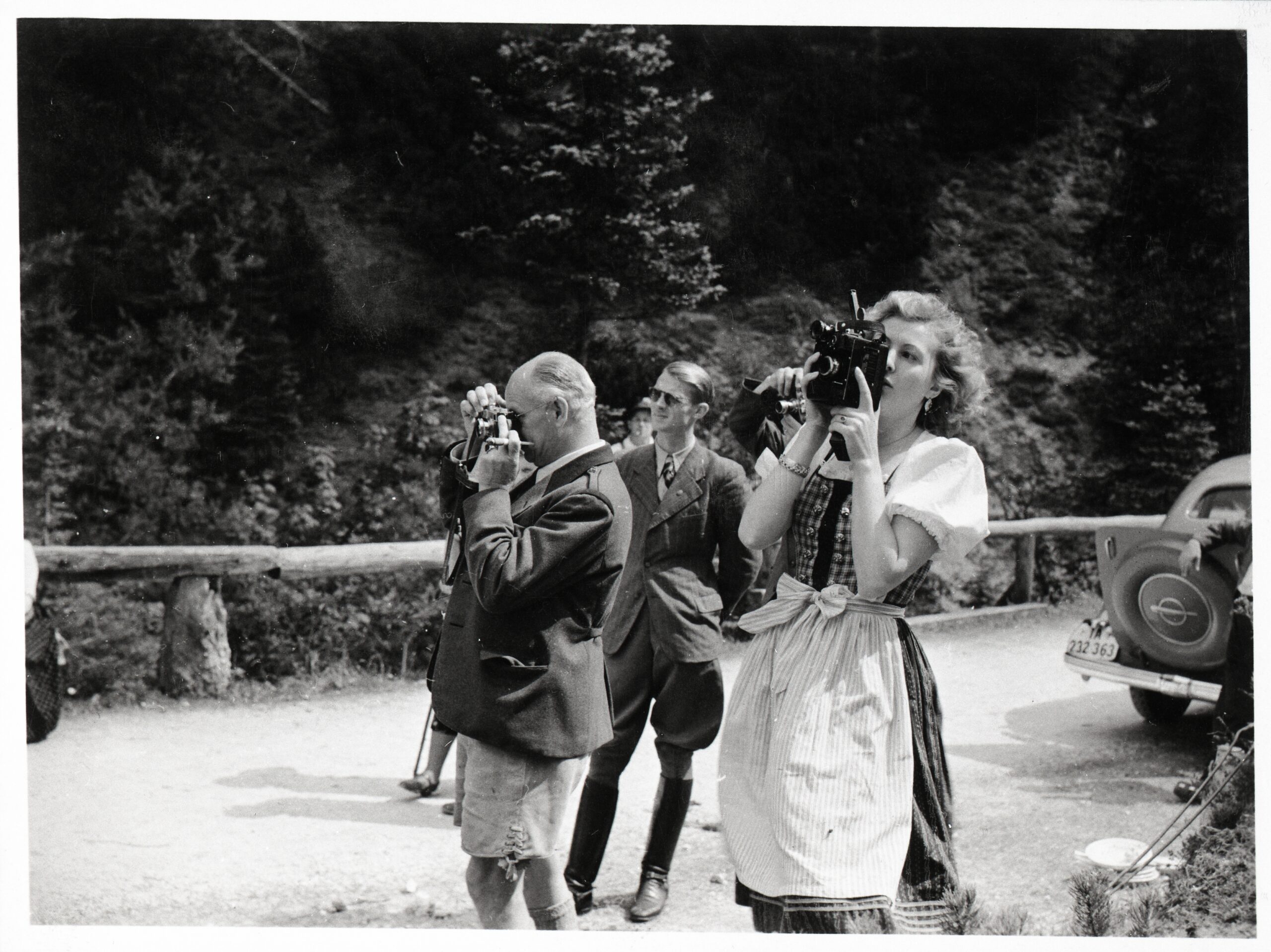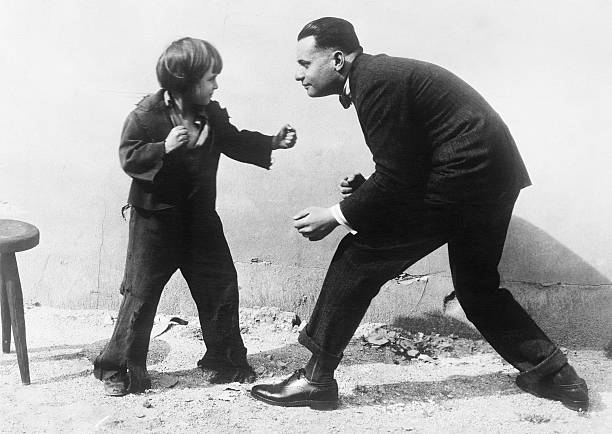Eva Braun: Hidden Life with Hitler Uncovered
Eva Braun is a name that often goes unnoticed in the shadow of Adolf Hitler’s notorious legacy. Yet, her life paints a paradoxical portrait of intimacy and obscurity, set against the backdrop of one of history’s darkest eras.

Born on February 6, 1912, in Munich, Eva Braun was a young shop assistant when she first crossed paths with Adolf Hitler in 1929. At just 17, while working in Heinrich Hoffmann’s photography shop, Braun met the 40-year-old Hitler, who was on the cusp of political prominence. Despite the vast differences in their ages and statuses, a complex romance blossomed by 1932, marked by its profound secrecy.

Hitler, who projected himself as the celibate hero of the Third Reich, was determined to keep his personal life hidden. His relationship with Braun was thus shrouded in mystery, known only to a close circle. Braun’s life with Hitler was a stark contradiction to her lively, youthful spirit, captured in the home movies she filmed with her 8mm camera—a birthday gift from Hitler. These films, filled with scenes of Braun swimming, sunbathing, and enjoying simple pleasures with friends, offer a jarring contrast to the grim realities of Nazi Germany.
Living mostly in the secluded Berghof, Hitler’s residence in the Bavarian Alps, Braun’s existence was one of luxurious captivity. She dwelled in a world apart from the horrors of war, yet her isolation was profound. Publicly, she was invisible, unacknowledged by Hitler in the political sphere and unknown to the German people.
Despite her seclusion, Braun’s diaries reveal a woman of complexity and emotion. She wrote of her loneliness and the melancholy that shadowed her vibrant activities, her words echoing the inner turmoil of a life spent in the margins. Her loyalty to Hitler was unwavering, yet it was a loyalty that demanded her invisibility, a sacrifice that she bore quietly.
The relationship endured through the rise and fall of the Third Reich, culminating in a hurried marriage in the claustrophobic confines of the Führerbunker in April 1945, as Berlin crumbled under the Soviet advance. Married for less than 48 hours, they chose to end their lives together as the Reich collapsed, with Braun at 33 and Hitler at 56.

Eva Braun’s story is a chilling reminder of the personal lives entwined with historical tumult. Her films and photographs not only capture moments of mundane leisure but also serve as a surreal testament to a normalcy that coexisted with terror. Her life, though marked by privilege, was equally a narrative of isolation and unseen sacrifice.

